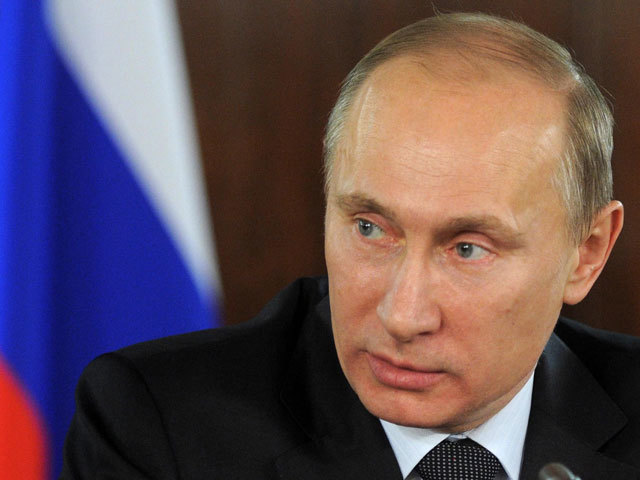
A stable ruble and new tax rules are likely to support Russian oil producers’ profitability even after a slump in the price of oil, the country’s main source of export revenue, according to PricewaterhouseCoopers.
The fiscal burden declined in the first quarter, contrary to concerns Russian oil companies had expressed about rules introduced in January, Andrey Soldatenko, tax director for PwC in Moscow, said in an interview.
“If key macroeconomic factors like oil prices and the ruble exchange rate remain relatively stable, the trend may continue beyond the first quarter,” Soldatenko said last month in Ufa, Russia.
The ruble is likely to remain stable “given the latest efforts of the Bank of Russia,” he said.
Russia is seeking to balance the need for tax revenue and the demands of producers, which are pumping oil at near a post-Soviet high as the economy slides into the first recession since 2009.
Starting in the middle of last year, crude tumbled to a six-year low in January, while the ruble lost almost half its value against the US dollar.
The two biggest oil levies, the extraction tax and the export duty, together amounted to about 10,000 rubles ($200) a metric ton in the first three months of the year, while the average oil price reached about 18,000 rubles a ton, Soldatenko said, citing PwC estimates based on data from Russia’s statistics service Rosstat.
In the fourth quarter, the tax burden was similar, while oil averaged 16,000 rubles a ton, he said.
The country aims to decrease its dependence on oil and gas to about 45 percent of budget revenue before 2035, Energy Minister Alexander Novak said in an interview with Russia’s official state newspaper in January. The domestic oil and gas industry contributes about half of the government’s revenue now.
While the new tax rules — put into effect until 2018 — increase the base rate for oil extraction, the levy is linked to dollar-denominated oil prices and offers a wide range of tax benefits to individual fields.
The real extraction rate remained at around 4,500 rubles a ton from October through March, PwC found after analyzing data for oil tax revenues and crude production.
“The relatively insignificant increase in the real rate is a result of Russia keeping extraction tax benefits at roughly the same level as before the new rules,” Soldatenko said.
Russia offers extraction tax benefits to offshore, Arctic and shale fields among other projects. Sanctions imposed against the country over the conflict in Ukraine ban European and US companies from participating in such projects.
The new tax rules also improved profitability of advanced refineries controlled by major Russian oil companies, PwC found. While the average domestic price of oil products remained roughly stable at around 25,000 rubles per ton between October and March, the tax burden decreased to 6,000 rubles per ton in the first quarter from 8,000 rubles in the fourth.
Recommended for you
